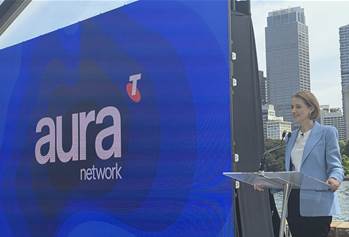Online sales for the second iteration of the Click Frenzy retail initiative were up by more than 16 percent on 2012, although average sales value dropped four per cent.
The comparisons are a little uncertain given Click Frenzy's disastrous debut last year when systems melted down and the service was largely unavailable for the first five hours.
While much of the emphasis in the last few days has been on Ruslan Kogan's clever piece of ambush marketing, data on the impact of the Click Frenzy initiative is starting to roll in.
According to IBM, consumers got in early with a 20 percent increase in sales volumes on the day prior to the start of Click Frenzy, driven by early bird offers.
IBM also found that mobile traffic rose from 24.5 to 33 percent, compared with this time last year and mobile sales grew as a share of the pie from 12.4 percent last year to 17.7 percent this year.
The gap between mobile activity and revenue outcomes is consistent with IBM research from earlier this year, which found that Australians are mobile tire kickers – we are over represented in terms of the mobile retail research we do but underrepresented when it comes to actual purchases.
According to IBM, tablets generated 17.4 percent of all online traffic while smartphones generated 15.9 percent. It also said tablets drove a significantly higher percent of sales than smartphones at 14.1 percent compared to 3.7 percent, respectively.
In comments to CRN before Click Frenzy kicked off this year, Ian Wong IBM Global Business Services Retail Industry Lead said: "Australia has one of the highest smartphone penetration rates in the world and Australian retailers are presented with the opportunity to make the most of mobile technology to engage their customers and boost their sales."
This goes beyond building mobile-friendly websites; they need a holistic strategy to improve customer experience on mobile devices, said Wong






_(11).jpg&h=142&w=230&c=1&s=1)



.jpg&w=100&c=1&s=0)
_(8).jpg&w=100&c=1&s=0)







.jpg&q=95&h=298&w=480&c=1&s=1)





